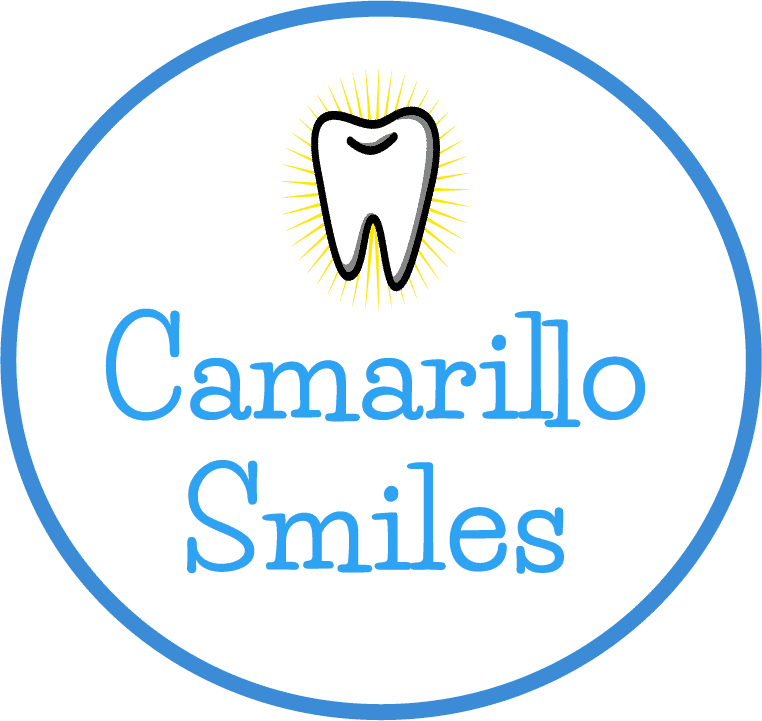My Bite is Off
What is Malocclusion?
The term malocclusion literally means “bad bite.” It is a generalized term that refers to many different types of mal-relationships of the lower teeth to the upper teeth. In popular usage, any arrangement of the teeth that is at variance with a prescribed ideal is considered to be a malocclusion. But that is an oversimplification because some occlusions that appear to be ideal may be in disharmony with the jaw joints (the TMJs). Such disharmony can be a source of many different problems with the teeth, the TMJs, or the jaw muscles. Even minute disharmonies of the bite can be a major factor in loosening the teeth, wearing away of the enamel or fracturing off cusps. Other malocclusions can cause headaches or cause the teeth to be sore or sensitive to cold. Some malocclusions may be most noticeable because they result in an unattractive smile. Some severe malocclusions cause no discomfort whatsoever, while some minor bite problems can be a major source of pain.
Perhaps the best way to understand malocclusion is to understand what an ideal occlusion is. This understanding starts with a basic appreciation for how the jaw joints (the TMJs) function. The TMJs are important because they form the hinge for opening or closing the jaw. During closure in an ideal occlusion, the teeth should all contact simultaneously and with equal pressure when the jaw joints are fully seated up in their sockets. This harmony between the TMJs and the teeth is the most important requirement for a comfortable, stable bite. Any disharmony between the TMJs and the teeth requires the jaw muscles to hold the jaw joint out of its socket in order to completely close the teeth together. This type of malocclusion can cause many different problems but unfortunately, the disharmony is easily missed unless the dentist is very careful in examining for it. It is commonly missed because the occlusion is examined visually without first verifying that the jaw joints are completely seated when the bite relationship is examined.
Depending on the type of malocclusion, correction of a bite disharmony requires careful selection from a variety of different treatment procedures. Even though principles of bite correction have been established with enough clarity to permit highly predictable results of comfort and stability, some dental educators claim that occlusal harmony is unimportant because the body can adapt. This viewpoint has resulted from a profuse amount of misinformation that has found its way into the literature. Patients with bite problems should feel free to ask the dentist to show them the problems that are resulting from the bad bite such as loose teeth, excessive tooth wear, or other visible signs, in addition to an understandable explanation of why the recommended treatment was selected.
The most common, and also the most practical methods for correcting the vast majority of minor occlusal disharmonies is called occlusal equilibration. It involves the direct reshaping of the biting surfaces by grinding and polishing selected tooth surfaces that interfere with comfortable jaw movements. When correctly done on properly selected patients, it is a conservative and effective treatment.
Some malocclusions may require more extensive treatment such as orthodontics. Teeth that are badly worn or that need the biting surfaces re-shaped may need crowns or other types of restorations. Surgical correction may be needed in some severe jaw misalignments to achieve the best result and appearance.
Most malocclusions can be corrected in a reversible trial approach by making a plastic appliance that fits over the teeth to change the biting surfaces so the jaw can close with even tooth contacts. These appliances are referred to as occlusal splints. A fancier name for them is “orthosis” but it means the same thing.
The important thing to understand about your bite is that you should be able to close your teeth together and squeeze very hard without causing any sign of tenderness or pain in any tooth or in the jaw joint. If you can’t do this you probably have a malocclusion. You should know that the discomfort is almost always correctable with the right selection of treatment. Your dentist must also examine for other possible causes of pain that may exist in combination with your bite disorder. Nothing takes the place of a carefully made examination to determine the specific cause (or causes) for your discomfort.
Our Location
Our Location
Camarillo Smiles
92 Palm Drive
Camarillo, CA 93010
Our Hours
| MON | 7:00am - 8:00pm |
| TUES | 7:00am - 8:00pm |
| WED | 7:00am - 8:00pm |
| THUR | 7:00am - 8:00pm |
| FRI | 7:00am - 5:00pm |
| SAT | 8:00am - 1:00pm |
Ask Us Anything
Call us 805-388-5700
Email: info@CamarilloSmiles.com
